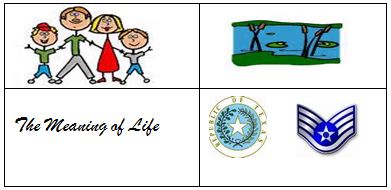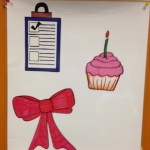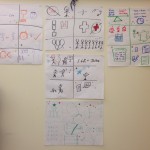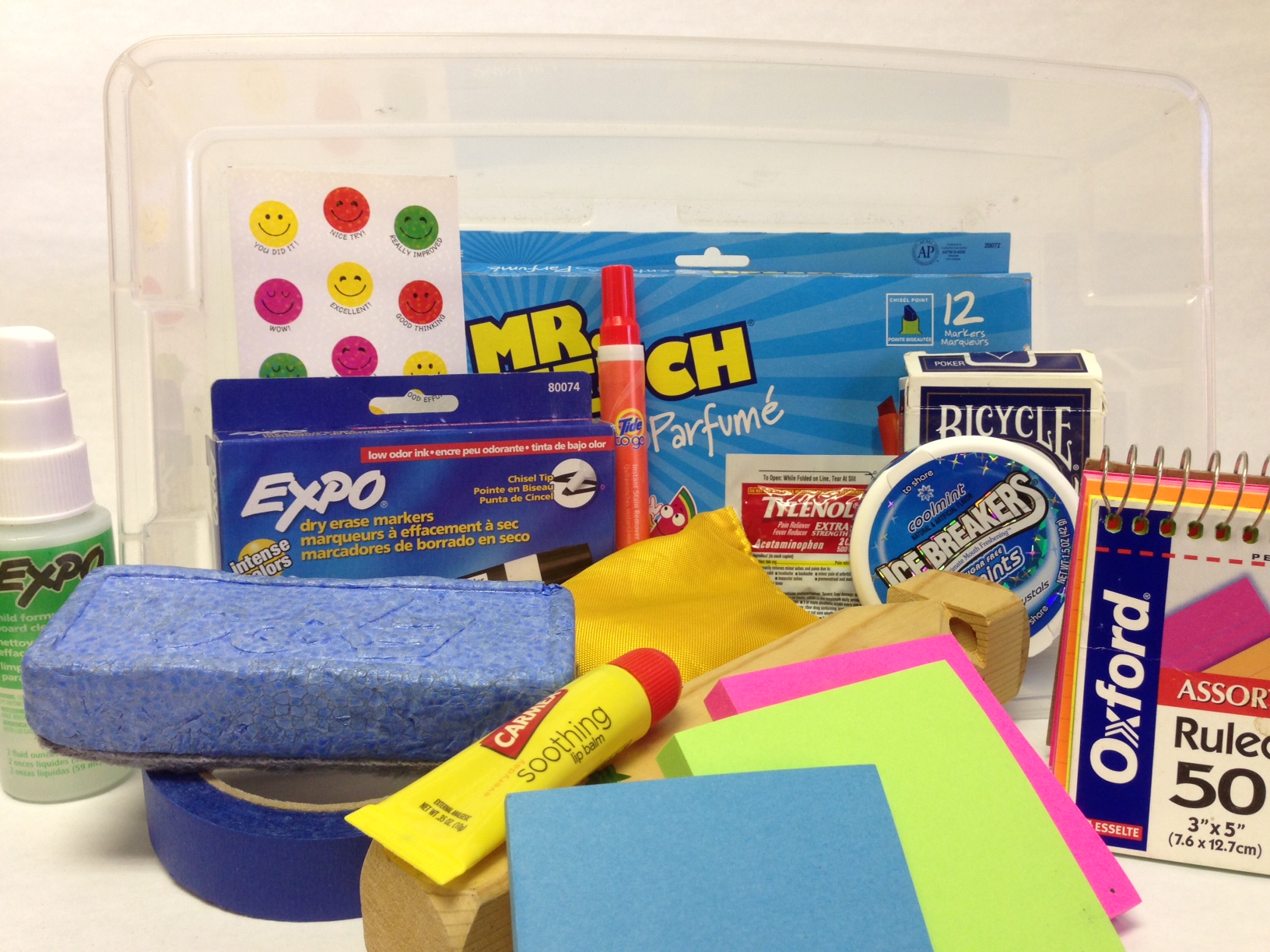 A lot goes into facilitating a good training and one of the key skills of a good trainer is knowing when to “call and audible” and insert an activity into a curriculum. Having a variety of Mixers, Openers, Closers and Pop-Ups allow you to make adjustments on-the-fly when you are running short of content, need a quick review, or when you have a class that seems to have succumbed to the high carb lunch they consumed. In this post I will explore the differences between the activities and in subsequent posts will provide some examples of some activities you may use. Let’s start with a common understanding of terms:
A lot goes into facilitating a good training and one of the key skills of a good trainer is knowing when to “call and audible” and insert an activity into a curriculum. Having a variety of Mixers, Openers, Closers and Pop-Ups allow you to make adjustments on-the-fly when you are running short of content, need a quick review, or when you have a class that seems to have succumbed to the high carb lunch they consumed. In this post I will explore the differences between the activities and in subsequent posts will provide some examples of some activities you may use. Let’s start with a common understanding of terms:
Mixers – Mixers are activities that allow participants to relax, disconnect from their day-to-day activities, and network among other participants. These activities can last from a few minutes to half an hour depending on class size and time allowed.
Openers – Openers are much like mixers though you should always try to relate the activity to the content of the class. Bob Pike says the key to an Opener is that they:
- Break Preoccupation – Help the participant disconnect from their day-to-day responsibilities.
- Allows for Networking – Helps participants get to know who is in the room
- Is Related to the Content – The key difference between a mixer and an opener is that an opener is related to the content of the class. In many cases you can accomplish this by saying “how does this activity relate to the topic of ???”
- Is Fun for the Participant
- Is Fun for the Instructor
- Leaves them Wanting More – Peaks their curiosity so they are ready to learn more about the topic of the class.
Pop-Ups – Brief activities that break up content and require participants to re-engage with the class. The attention span of the average adult is 10 – 12 minutes so adding activities to content is needed to maintain focus and attention.
Closers – Use a closer at the end of a section of training. Closers have the following attributes:
- It should help create an action plan. What will the participant do with the information obtained and how will they use it in the next 30, 60 and/or 90 days.
- It should be a celebration – Make the closer of training a celebratory experience. They have invested their important time to learn skills and information that will be valuable. This is worth celebrating.
- It should tie everything up – The activity should create an opportunity to review content, plan for action, and even remind them of something forgotten when the activity is shared with their small group or with the class (which should almost always be the case).
In my last post we explored a window-pane activity that could be used as a closer. Let’s take a look at an activity you may choose to use as an opener for training.
You will need a few supplies. Ensure that the tables have standard 8×11 card stock and markers. Sharp tip markers are helpful if available.
Have participants turn over their name tent (which will often be 8×11 card stock) and divide the page into four equal sections.
- In the upper left have them draw something that represents something personal about them (family, favorite vacation, etc.).
- In the upper right have them draw something that represents where they live or where they are from.
- In the bottom right have then draw something that represents their work history.
- In the bottom left have them write out one thing they would like to learn from the training. The back of their name tent might look something like this:

After they complete their drawing they will:
- Find someone in the room they don’t know well and see if they can guess each other’s drawings.
- When you ring a bell or sound a whistle they then switch and find someone else and do the same thing once more.
- Change once more if you have time.
At the end of the activity have everyone “high-five” their current partner and return to their seat.
As you can see, this meets the definition of a opener. It breaks preoccupation, the exchange of information allows for networking, answering what they would like to learn from the course relates it to the material, it’s fun for everyone and will hopefully leave them wanting more.
Got any other ideas for openers, send them to me at poortrainer@gmail.com
Next week I will post my 2-3 favorite pop-ups that can be used in almost any class. Happy training!!!











